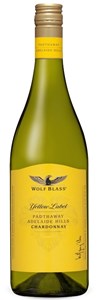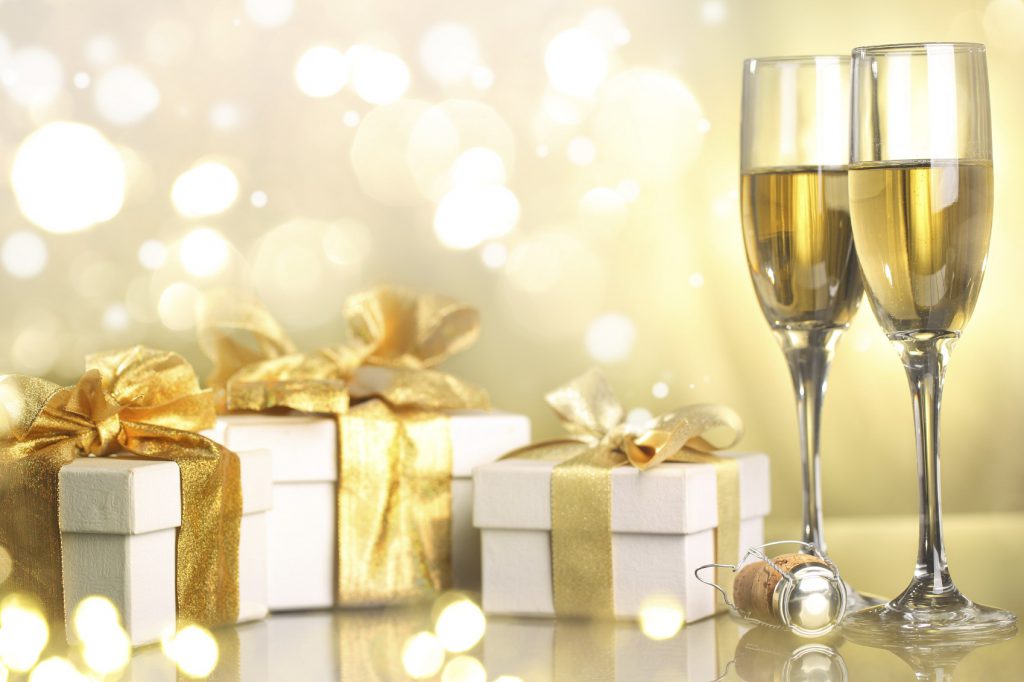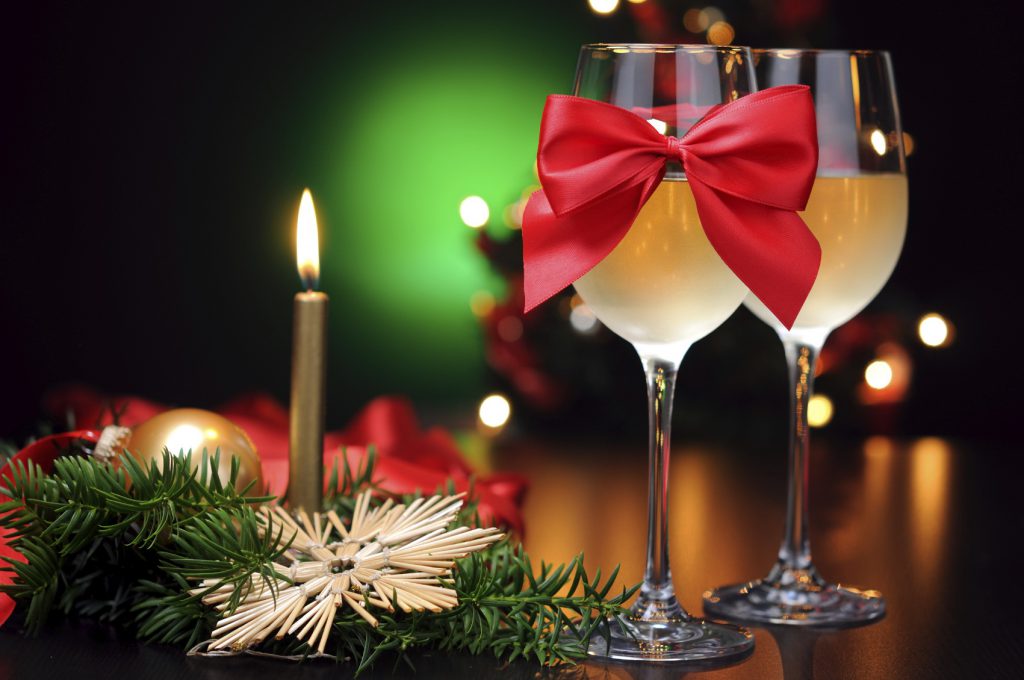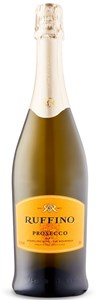Leanne and I chat about how to find the right gift wine for everyone on your list on CTV News.
Meanwhile, we’re chatting about the same topic with the Associated Press:
Wine Gift-Giving Tips for Novice Vinophiles
Trendy, tasty and one-size-fits-all, wine is a versatile holiday gift, whether you’re on your way to a house-warming or looking out for something for the in-laws. But navigating the world of wine can be a trial for the novice vinophile.
Enter wine experts, who have a few tips on how not to send the wrong message in a bottle.
Recon The Recipent
A good starting place when buying wine as a gift is to figure out what you know about the recipient, says Natalie MacLean, editor of the widely read wine website, NatalieMaclean.com. Even if that’s only whether they like a full-bodied wine, a light red or a particular region, a little know-how can help to personalize the gift. (And, of course, you do need to know if they like wine. Splurge on a pricey cab for a teetotaler and you’ll miss the boat completely.)
Interests are another way to personalize the selection, says Jordan Salcito, a sommelier and wine director of Crown Restaurant in New York City. Did the person just come back from a trip to Sicily? A bottle of Sicilian wine might be a nice touch. Or, if you know the person doesn’t like shellfish but loves steak, buy a hearty red.
“Create a story or connect some dots,” says Salcito.
Read Between The (Label) Lines
In general, the front label of a wine bottle should tell you where a wine is from and what grapes it predominantly is made from. So, if you see an Oregon pinot noir labeled “Willamette Valley,” then you know the grapes came from that region, which is known for pinots. Words like “reserve” and “vintner’s select,” can denote higher quality, but that’s not a given, especially on New World wines. Ditto for medals and other awards, which have become quite prolific.
The back label is a bit less helpful because it’s often rather flowery, but you can pick up clues to the style of the wine. “If they’re describing it as zesty, mouth-watering citrus fruit, you know that’s going to be a wine that does have a lot of acidity,” says MacLean. “If it’s a red wine and they’re saying fleshy, dark plums and berries, it’s probably full-bodied.”
Alcohol content also is a clue. A white wine such as riesling at 8 percent alcohol is going to be lighter than a big red at 14 percent to 15 percent.
Salcito decided to help consumers figure out wine after realizing she was getting a lot of questions from restaurant customers. So she cofounded Bellus, a line of wines with labels that spell out what’s inside. The also label includes flavor icons that highlight the wine’s taste profile, such as a picture of a cherry to denote that flavor in the wine.
Don’t Fall Into The Money Pit
One piece of information on the bottle that isn’t particularly helpful is price. More bucks don’t necessarily translate to better bottles, says MacLean, whose second book, “Unquenchable: A Tipsy Search for the World’s Best Bargain Wines,” was recently released.
Bargain hunters would do well to look at places that are known for good value, such as Chile. Another thing to look for is a lesser-known grape, like Argentina’s malbec, a delicious red wine that doesn’t yet have the cachet of a better-known red grape variety like cabernet sauvignon.
Other places to hunt for value are regions that are trying to reinvent themselves, such as table wines from Portugal, where producers are working to let consumers know they make more than their famous port wines.
If All Else Fails
What if you know next to nothing about the person you’re giving the wine to?
“My tip is to go with what I call a switch-hitter wine that has lots of flavor but isn’t heavy on oak, alcohol and tannins,” says MacLean. Two suggestions here are riesling, a light white wine, or, for a red wine, pinot noir. “That’s what I usually recommend as a go-to wine if you’re not really sure and you don’t want to choose something that’s off the scale one way or the other.”
Sparkling wine is another crowd-pleaser. It doesn’t have to be Champagne if you’re on a budget, says Salcito. There are some good, low-priced cavas from Spain, as well as cremants from France, which is wine made in the same method as Champagne but not from that specific region of France. “Almost everyone loves sparkling wine,” says Salcito.
And From The Department of Go Big Or Go Home
The London-based Antique Wine Co., which specializes in rare and fine wines, is offering a special holiday package of melchiors — really big wine bottles that hold the equivalent of 24 regular bottles. Two collections were offered, with one being five melchiors of the Napa Valley’s Colgin Cellars highly regarded cabernet sauvignon.
Price? Three hundred thousand British pounds, or about $480,690.
Now that would be a stocking stuffer to remember.
Tuscany, Italy
Segura Viudas Brut Reserva Heredad Cava
Penedès D.O., Spain
Champagne A.C., France
Marlborough, New Zealand
Wolf Blass Yellow Label Chardonnay
Padthaway Adelaide Hills, Australia
Posted with permission of CTV
















